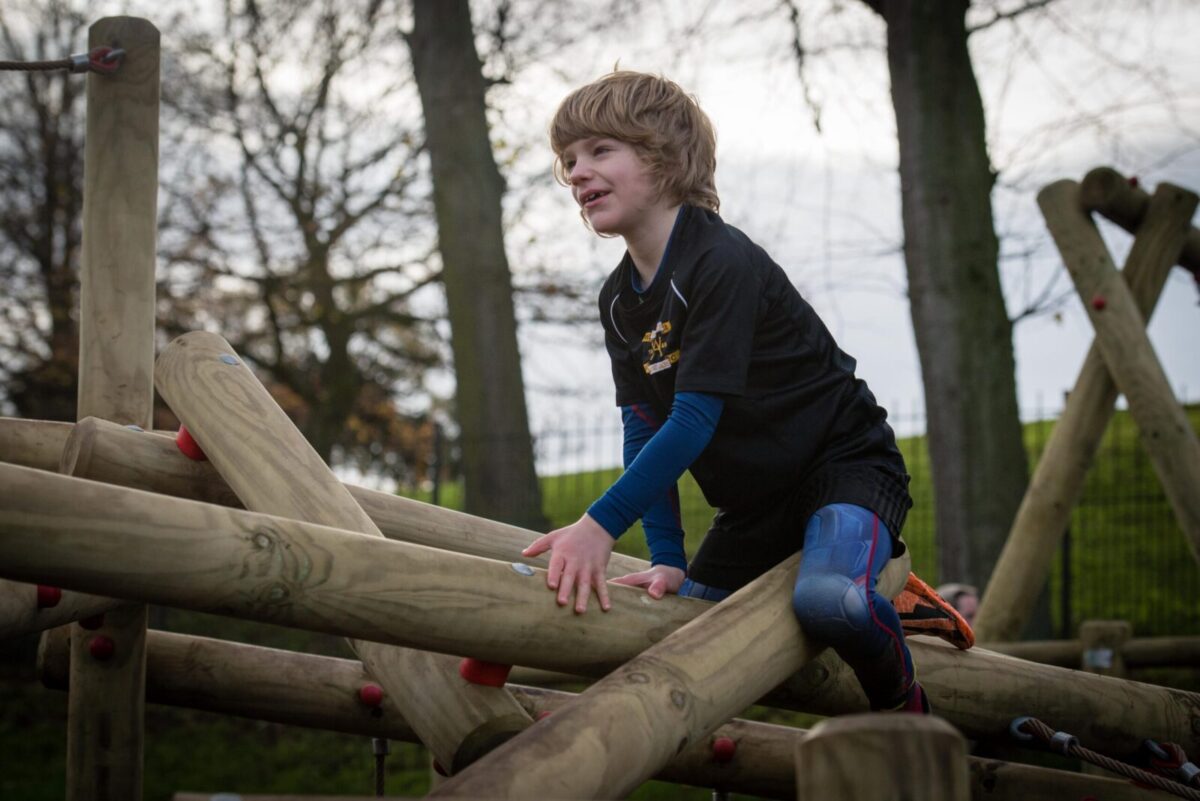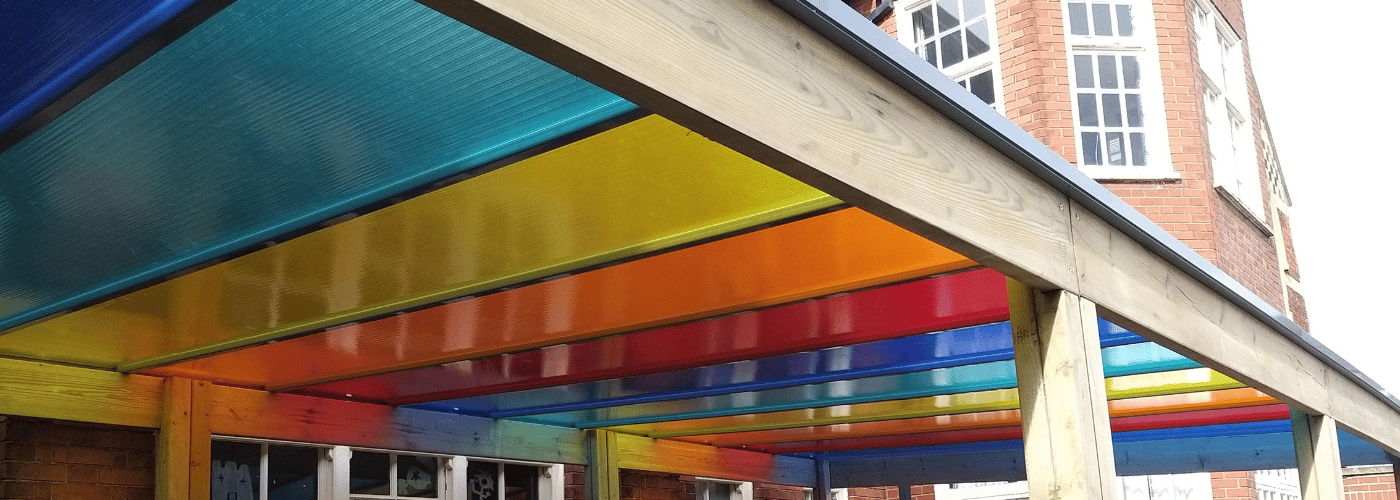The Playground Philosophy Of Günter Beltzig:
Designing For Discovery, Risk And Belonging
Günter Beltzig is one of the world’s most influential playground designers. For over 40 years, his innovative, adventure-filled play spaces have delighted children from Germany to New York, Puerto Rico, and London’s celebrated Diana Memorial Playground.
Beltzig’s designs break away from the conventional swing-and-slide setup. Instead, they weave nature into the experience – featuring multi-level climbing structures, hidden elements, and captivating water features. Every playground is crafted with a clear purpose – to mirror the sense of wonder, challenge, and freedom found in the wild.
To Beltzig, nature is the ultimate play environment. It’s where children test limits, embrace risk, and learn by doing. His playgrounds aim to recreate that sense of unstructured exploration – places where play is open-ended, empowering, and entirely child-led.
Drawing on decades of careful observation and conversations with children, Beltzig has shared his key principles for designing a truly successful play space.
Here are his six golden rules for recreating them at your school playground:
1. Create An Inviting Atmosphere
A good playground is easy to access and designed to feel open and welcoming. Equipment should be laid out to encourage inclusivity and shared use — not fenced off or overly prescribed. Beltzig warns against designing play spaces to suit adult aesthetics or ideas of training and order. Instead, they should reflect the spontaneous, social, and exploratory nature of childhood.
2. Allow For Exploration
Great play isn’t linear – and neither should your layout be. Slides hidden behind grassy mounds, tunnels leading to unexpected corners, and equipment with ambiguous functions all help create a space where discovery feels natural. The best playgrounds don’t reveal everything at once – they encourage curiosity and reward repeat visits.
3. Embrace Manageable Risk
Risk is vital to child development. While safety is paramount, children must be allowed to challenge themselves. Balance beams, stepping stones, and climbing nets offer physical risk in ways children can assess and navigate on their own terms.
That said, retreat should always be an option. Beltzig cautions against designs that force children to commit to a scary slide as their only way down. Adding alternative exits, like rope bridges or ladders, helps children explore at their own pace – and back down without shame.
4. Provide Shelter And Quiet Corners
The location of a playground matters. It should be protected from strong wind and distant from loud, busy roads. Within the space, quieter hideaways and small fenced areas give children the chance to play independently or take a breather – often out of sight of teachers (or at least the sense of it). Dens, tunnels, and natural features offer a sense of privacy and ownership.
5. Design For Different Groups And Moods
Children don’t all play the same way. One large dominant structure can attract rougher play and encourage territorial behaviour. Instead, Beltzig recommends breaking up the space into several distinct zones – one for climbing, another for socialising, others for quiet or imaginative play. This allows children of different temperaments and energy levels to coexist without conflict.
6. Avoid Over-Regulation
A well-designed playground rarely needs a sign saying “No ball games”. These kinds of rules often signal poor planning, not bad behaviour. Instead of imposing restrictions, Beltzig urges designers to include diverse spaces – quiet corners for younger children, seating areas for supervisors, and zones where adults can meet without being seen as intruders. Children need spaces to call their own!
A Playground For All
Beltzig’s philosophy is rooted in deep respect for childhood – for its need for freedom, risk, autonomy and joy. His designs show that when we listen to how children play, rather than telling them how they should, we create playgrounds that aren’t just safe or functional – but magical.
Need Help Applying These Rules For Making Your Perfect Playground?
With so much to consider, it’s easy to feel overwhelmed. Speaking to a Play Advisor can help narrow down the decisions you need to make based on space, goals, and budget.
Get in touch today for expert guidance tailored to your specific needs and goals by calling 01244 375 627 or via the Contact Form
Further Reading: Check out our guide on How To Make Great Use Of Playground Markings
Explore More Using The Ultimate Playground Design Guide Menu




